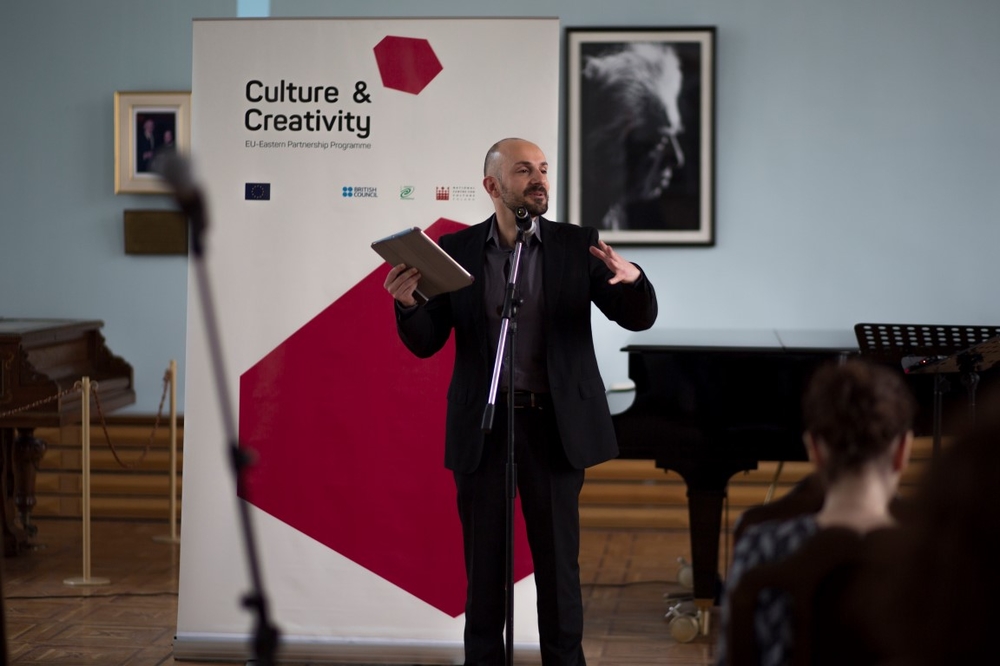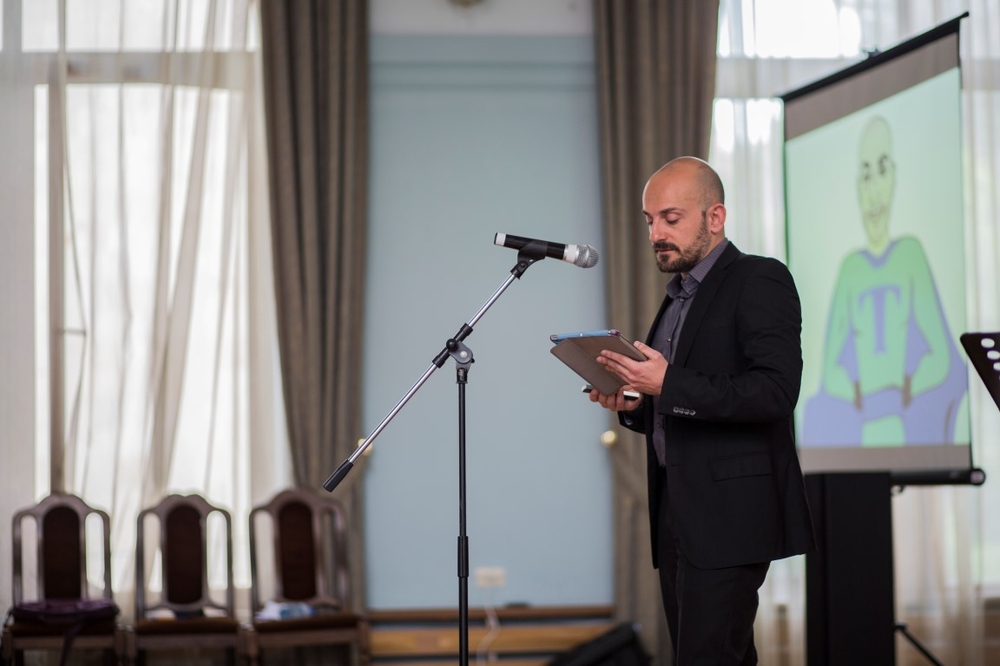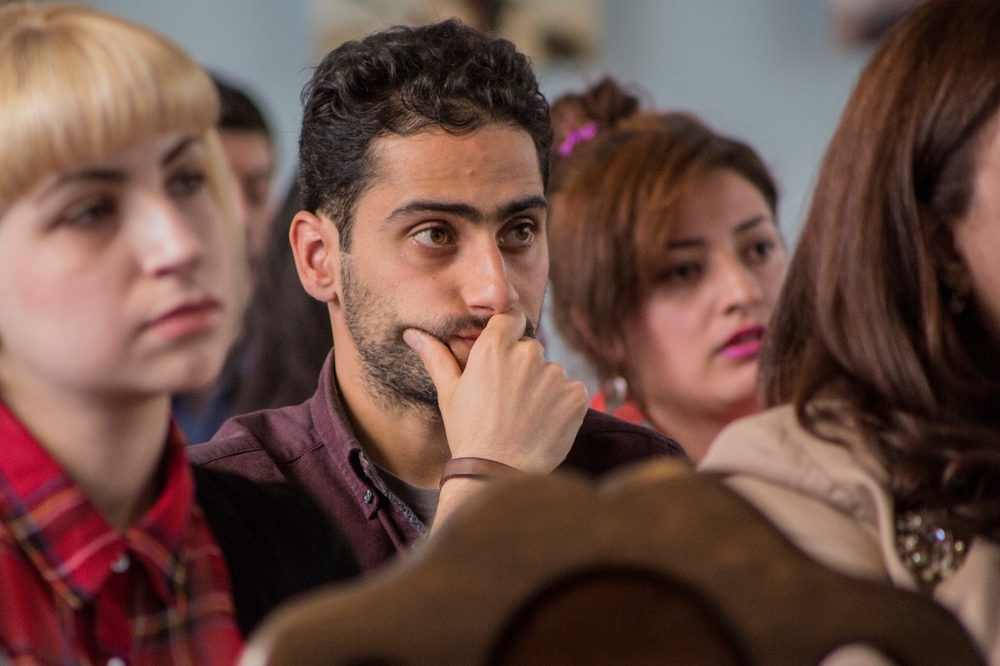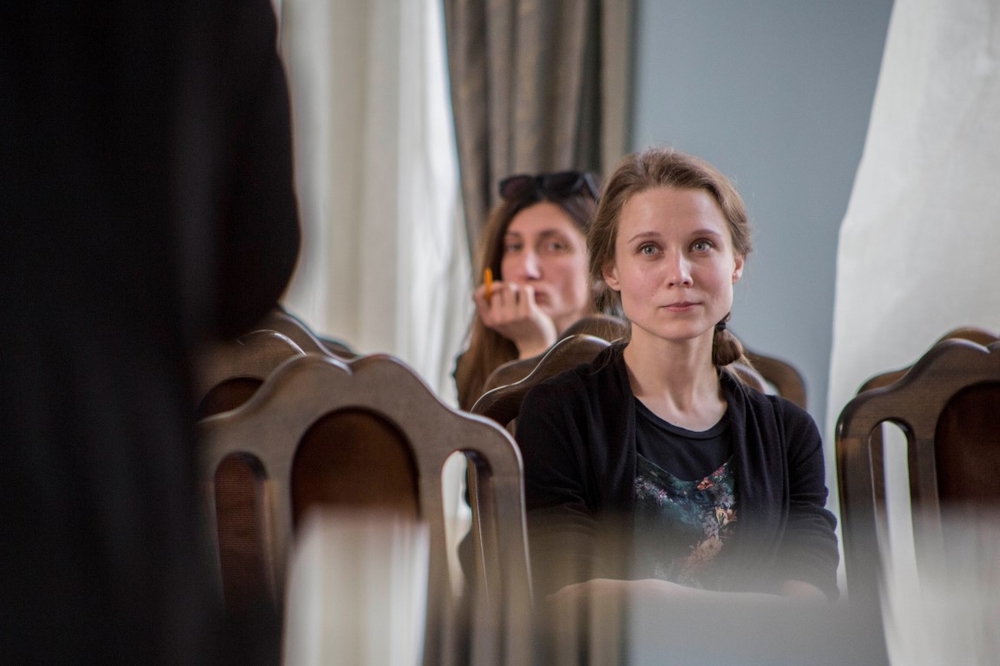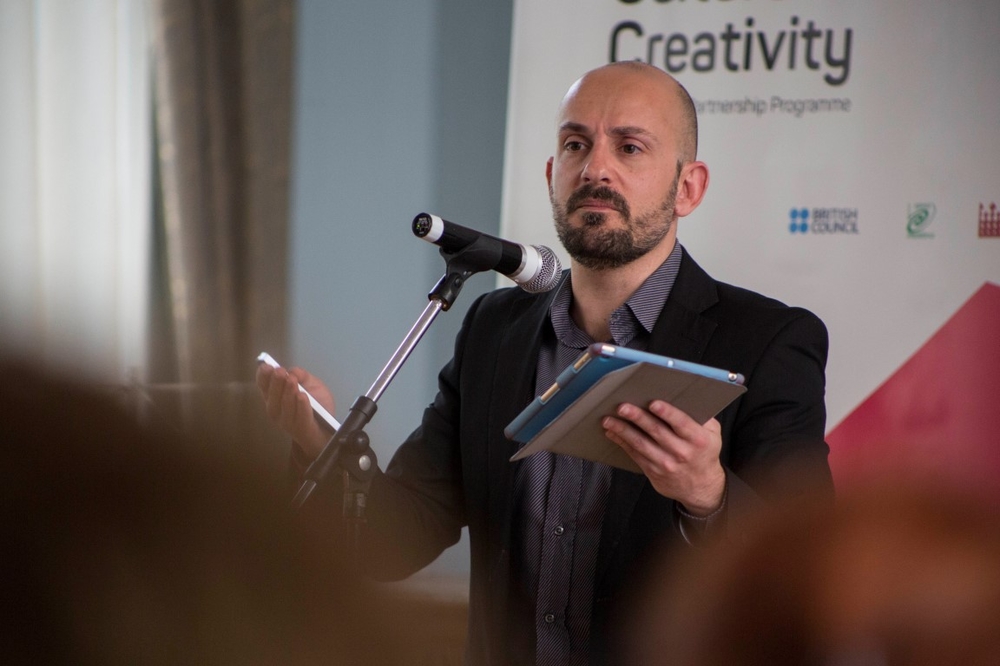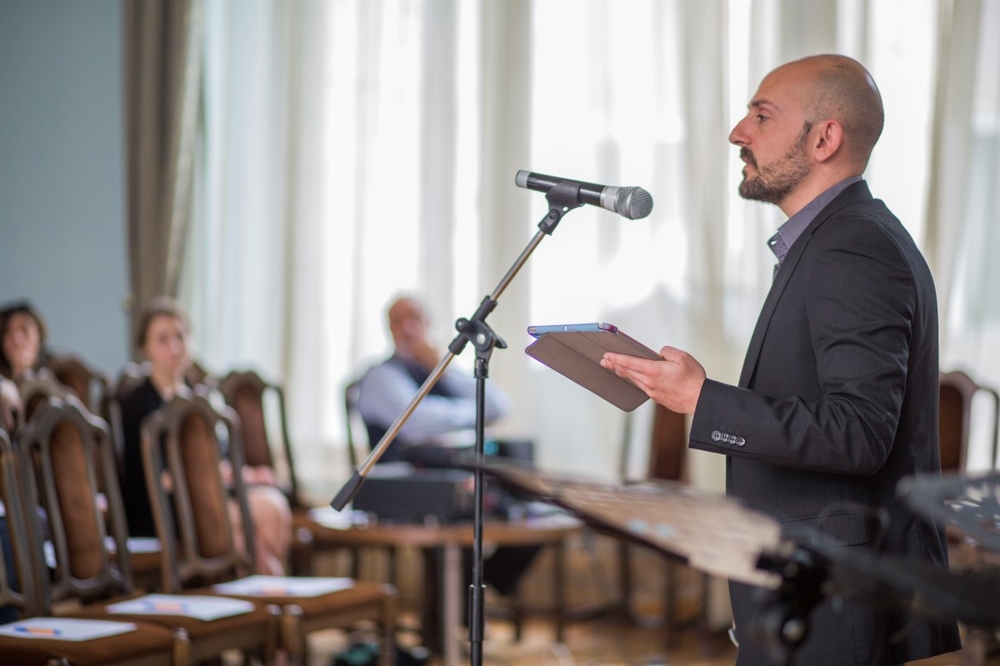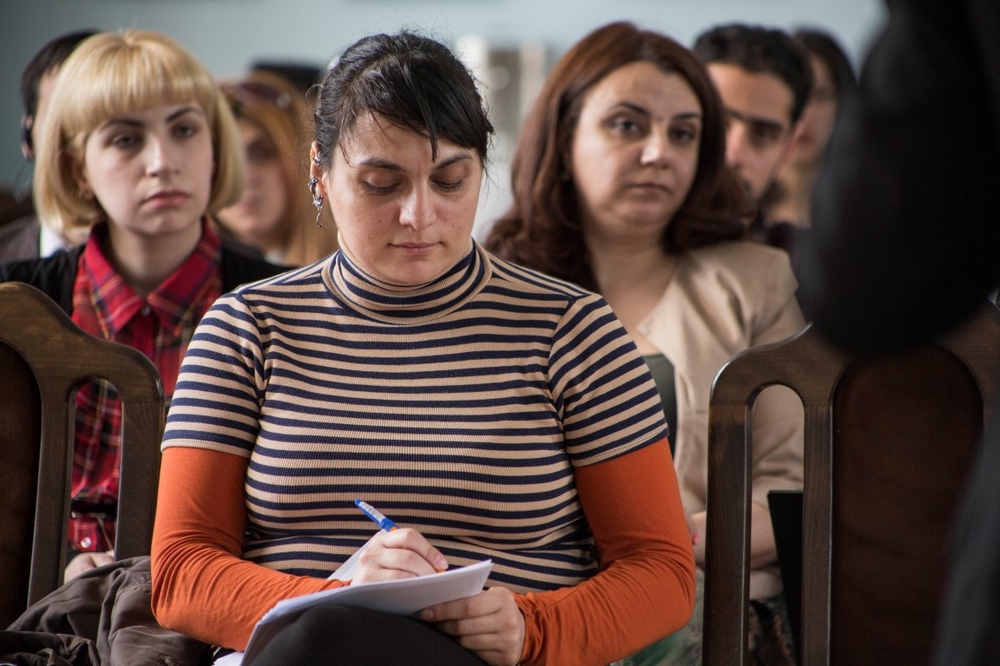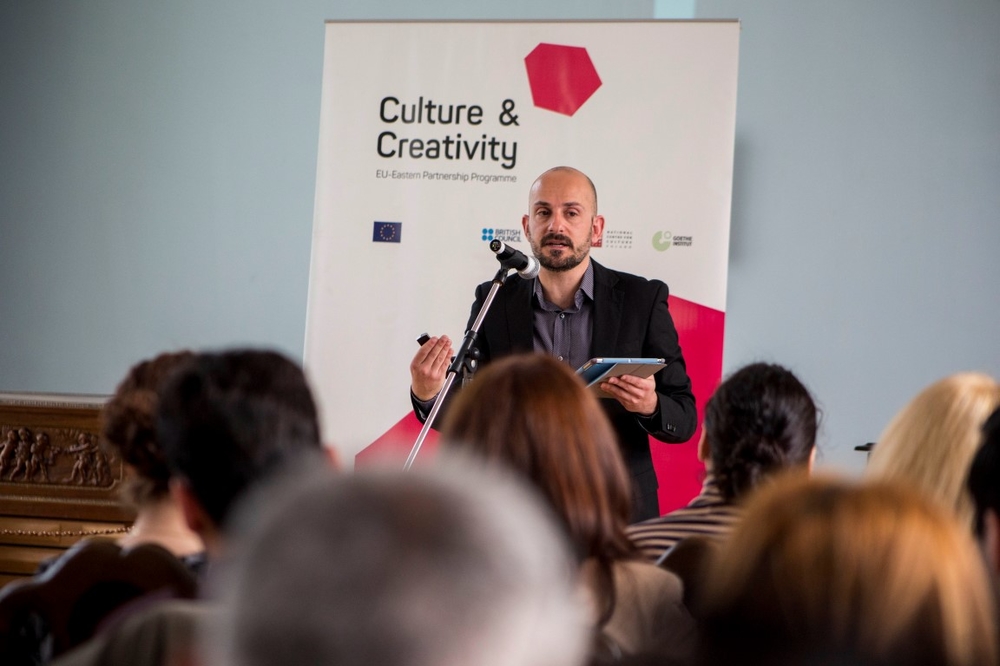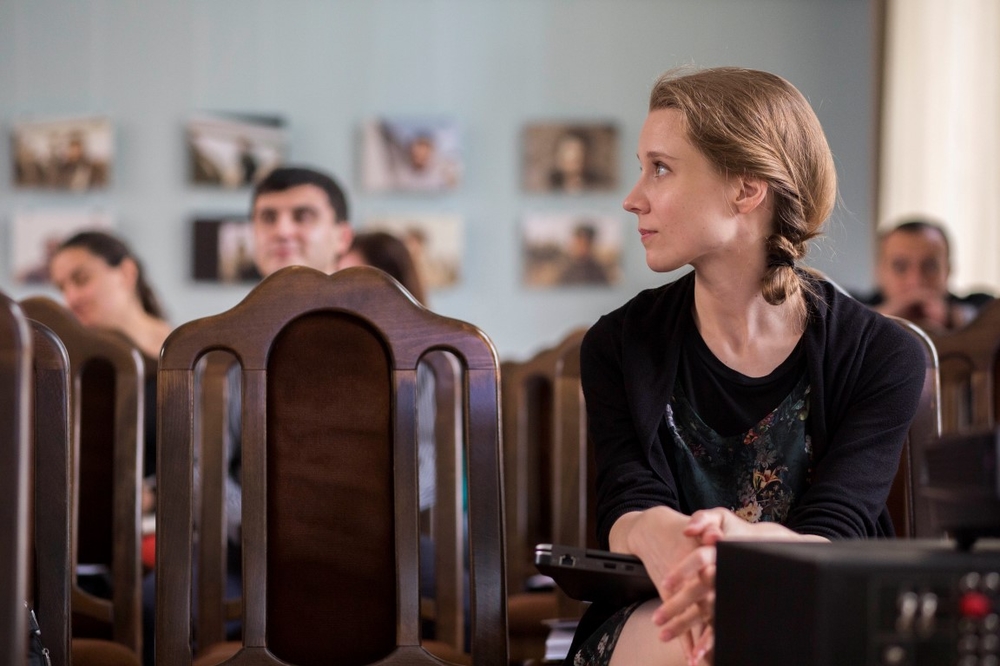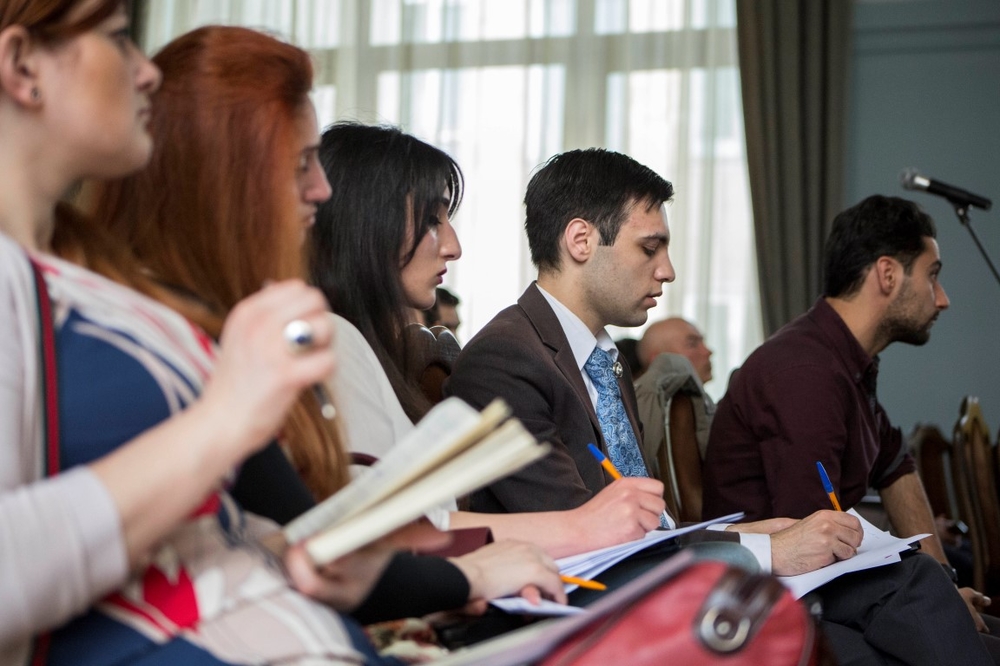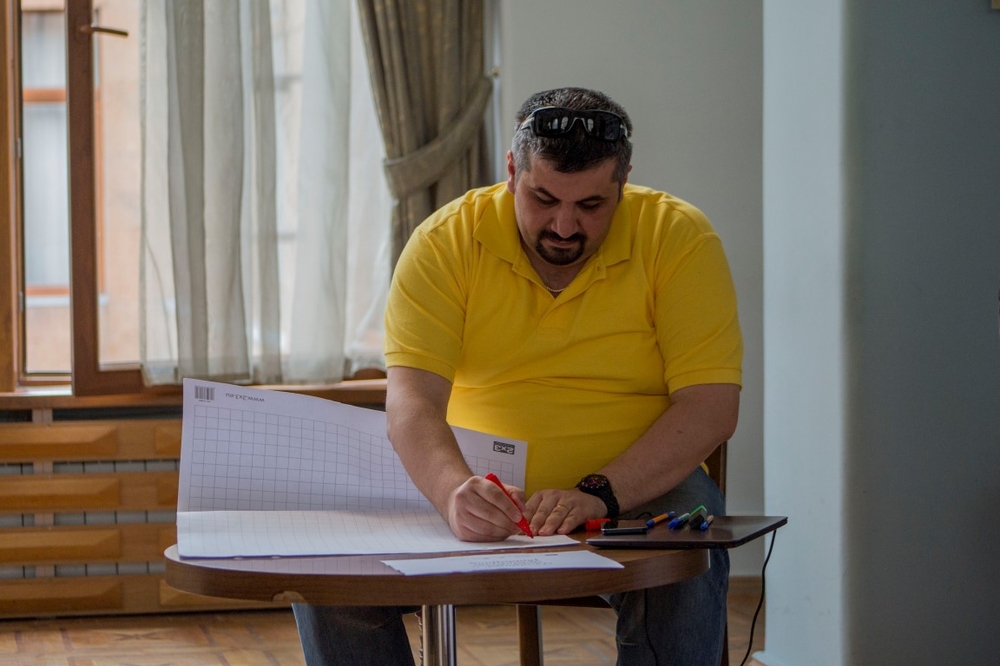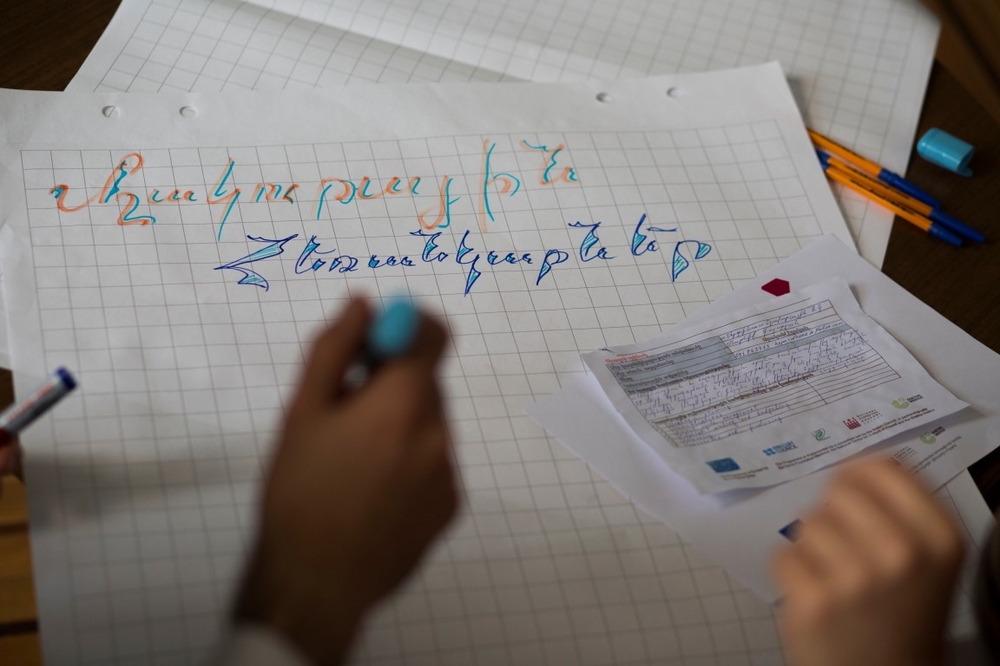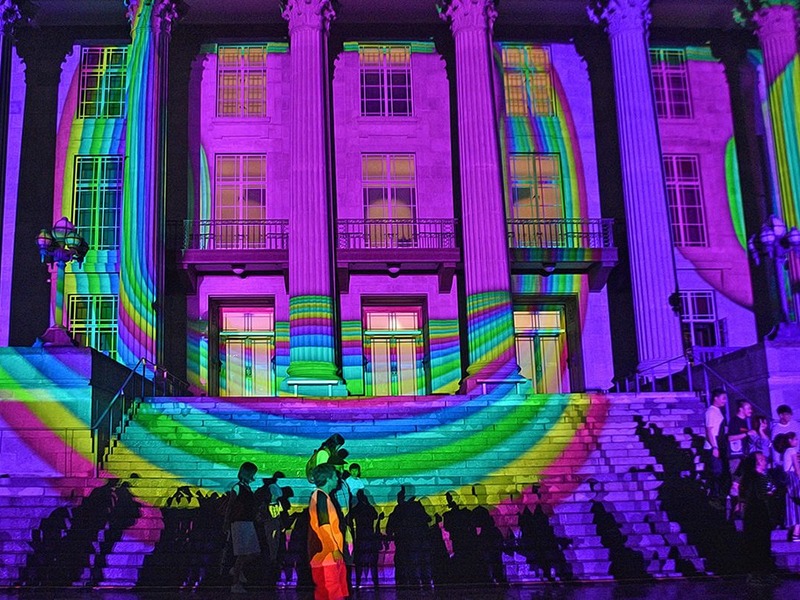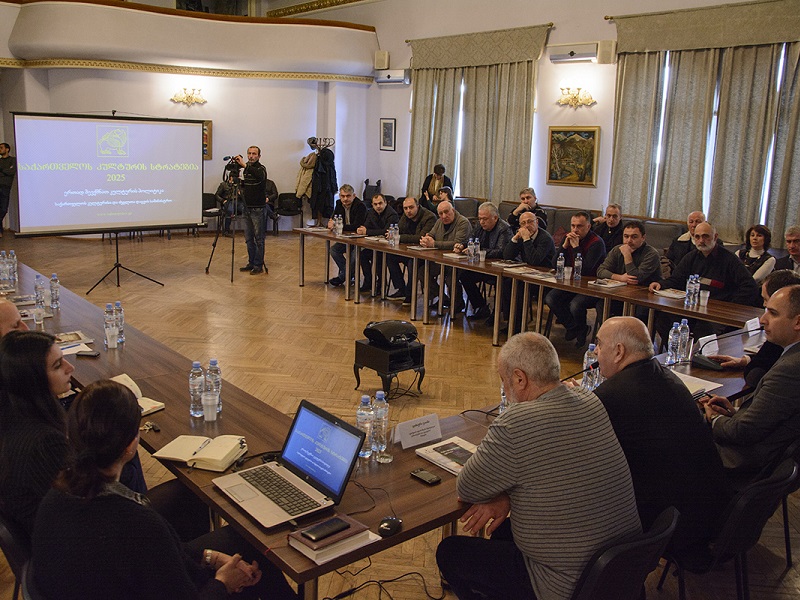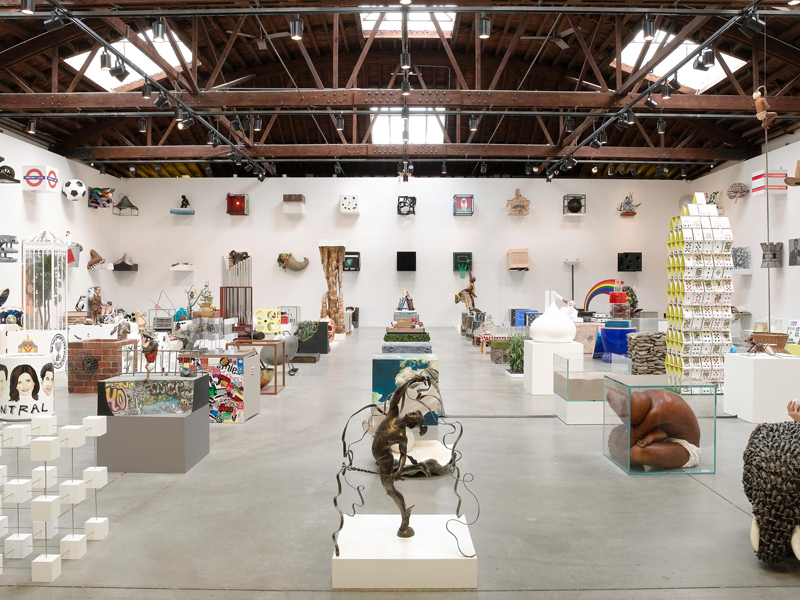
CULTURAL LEADERSHIP: ANTHONY ATTARD REFLECTS ON CULTURE AND CREATIVE SECTORS
1. Conversations with people outside the sector. Department of culture gave no support to artists or arts organizations in Malta. I was not given a job at the Arts Council in Malta because I had given a frank interview to a major newspaper in Malta telling that the Government failed to invest in culture because that investment didn’t translate into votes. But one day I found myself positioned within the Ministry of Finance and had some wonderful conversations there. I realized that most of the work we do needs to be shared with people outside the sector.
2. Connecting different sectors together. Make sure you know each and every person because this is how culture and creative sector work. It’s a network you build among yourselves. It is not about the designers, theatre people, architects or game developers coming together. It’s about how these connections between these different sectors can happen. It is only then you can start talking about the growth of creative economy.
3. Unified voice. Only when the unified voice can be created it is only then that you can work with other sectors, when you can have conversations with business community, entrepreneurs, government, international communities and partners.
4. Economy and culture. The relationship between this two is so alive. That is what makes a country and a city develop and grow. Do not fear to talk about everything else as much as you can talk about arts and cultures with heads within tourism, industry, economy, international relations. This is why the sector we all work in is such a powerful sector. And by saying powerful I mean the ability to make a difference to everybody around you.
5. A little bit of bureaucracy. If you are leading something you need to make sure that you’re not the kind of person who says “OK, let’s do this!” and suddenly you turn around and realize that there is absolutely nobody around you. Ultimately you need a little bit of bureaucracy in this sector to keep yourself going. When we finished creating the Cultural Strategy I found myself in the Parliament changing the law and setting up new ones. I was involved in lobbying and creating the first public arts funding programs. I ended up building teams and working on capacity building, managing media and also managing the expectations of the cultural sector.
6. Advocacy. That is what every other sector does. And that happens in culture sector too. Don’t see someone else as a threat because that is not sustainable. At first you may achieve something, but for the second or third time it will get much more difficult. Some change can take a very long time.
7. Culture policies and strategies. Social or international policies have an impact on culture and creative sectors. If you run an organization, what kind of strategy do you have for the next 4, 5, 10 years? And is this strategy in line with other principles that are running around within the city, the country or the region? You are completely free to develop your own priorities but you also need to position yourself within these specific priorities. Don’t wait for some public policy to happen, do your thing with responsibility and within the context of where you are actually operating. Policies and strategies help but of course they may also hinder.
8. Success. Celebrate the success you create as individuals and as a community. Let’s tell everyone else around us, let’s call in the media or the other artists, go international.
9. Be honest about your achievements and say “Well, perhaps we didn’t do it well here. Perhaps we didn’t risk enough. You need to be aware of how comfortable you are in what you do. To generate economic activity, being part of that growth, we need to start identifying the groups we are working on".
10. Creativity. That is the biggest asset that we have. And even in designing policies and strategies we can be so creative in the way we think, in the way we design things. And in a way we can be so creative that other industries are now engaging the creative sector to make them think differently, to design new things. We now have companies, say in Sweden, who are employing artists not just sit around and create beautiful things but actually to engage in consultancy to come up with creative solutions to a management crisis.
Within this journey at no point do I want to say that it is easy. But every single step to address a challenge is about creating networks and alliances. What are you going to do to create a better network, better alliances? If the arts strive to risk, so should its leadership. There is no winning formula. You can create something that works for you and for those around you.
Anthony Attard is a Director of Strategy Arts Council Malta. He was recently appointed a working group member within the Culture and Finance Ministries for the strategic development of the creative industries in Malta. In 2008 Anthony was National Coordinator for the European Year of Intercultural Dialogue. He is also one of the authors of Malta's cultural policy and will resume his post in International projects at St. James Cavalier Centre for Creativity in Malta on completion of the creative industries strategy. He is also a theatre performer, stage director and drama tutor. The workshop in Yerevan was organized with the support of the British Embassy in Armenia within EU-Eastern Partnership Culture and Creativity Programme.
Summary from the meeting in Yerevan, May 13, 2016.





